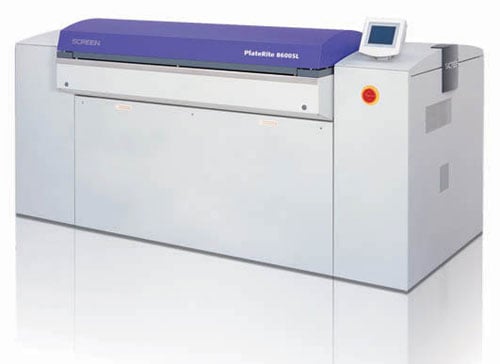The main working principle of CTP plate-making machine is that a single beam of original laser generated by a laser is split into multiple (usually 200-500) extremely fine laser beams through multi-channel optical fibers or complex high-speed rotating optical beam splitting systems. Each beam of light is modulated by an acousto-optic modulator according to the brightness and darkness of the image information in the computer, and then becomes a controlled beam. After focusing, hundreds of micro laser beams are directly shot onto the surface of the printing plate for engraving. After scanning the engraving, a latent image of the image is formed on the printing plate. After development, the image information on the computer screen is restored on the printing plate for direct printing by the offset printing machine. The diameter of each micro-laser beam and the shape of the light intensity distribution of the beam determines the clarity and resolution of the latent image formed on the printing plate. The smaller the spot of the microbeam and the closer the light intensity distribution of the beam is to a rectangle (ideal situation), the higher the clarity of the latent image. The scanning accuracy depends on the mechanical and electronic control parts of the system. The number of laser microbeams determines the length of the scanning time. The more micro beams there are, the shorter the time it takes to etch a printing plate. At present, the diameter of the beam has developed to 4.6 microns, which is equivalent to etching a printing accuracy of 600lpi. The number of beams can reach 500. The time it takes to etch a double printing plate can be completed in 3 minutes. On the other hand, the higher the output power and energy density of the plate beam (the laser energy generated per unit area, in joules/square centimeter), the faster the etching speed. However, too high power will also have negative effects such as shortening the working life of the laser and reducing the distribution quality of the beam.

